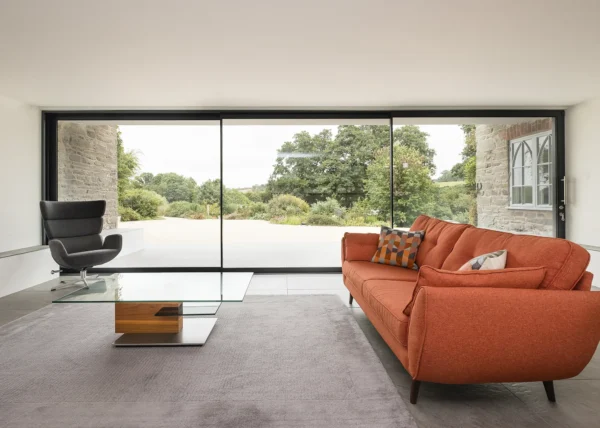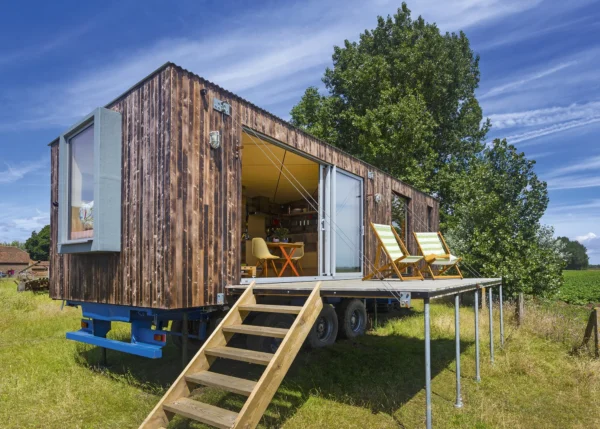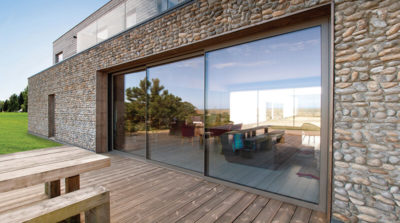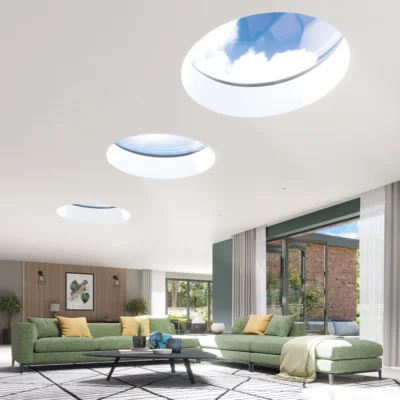Internal glazed doors and partitions can add wow-factor and flexibility to your home. And more homeowners are now recognising the benefits of internal glazing, which helps to zone spaces and block out unwanted noise while ensuring daylight continues to flow.
Some of the uncertainty we’ve experienced since March 2020 has created fundamental and long-lasting change, including how we use the space within our homes.
The open-plan living trend has been king for homeowners for decades, as it creates large communal spaces for whole families to interact without boundaries. But through months of home working and schooling, this was not always a practical setup.
As work and play crashed into each other, many found it difficult to separate these or avoid distraction. Now, lots of people are choosing to create zones in the home to compartmentalise their living space, but still want to keep the light and airy feel that open-plan living provides.
Internal glazing is a fantastic solution, as provides a similar barrier to a nib wall but with the light of a glass screen.
How to Zone Internal Spaces with Glass
If you are in the design phase and currently considering an open-plan layout, now is the time to think carefully about whether having all your living areas connected suits your household.
Having no barriers to block out sound could present a problem for your lifestyle. If it does, then internal glazing is the perfect way to divide up the footprint of a home without limiting natural light.
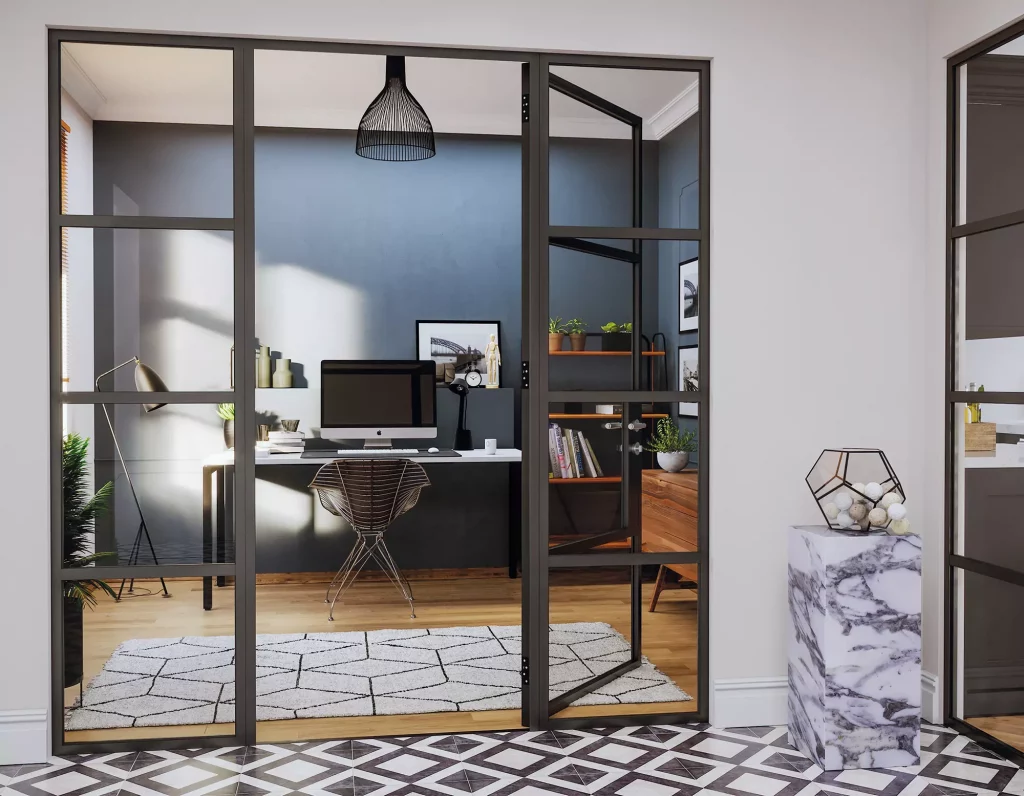
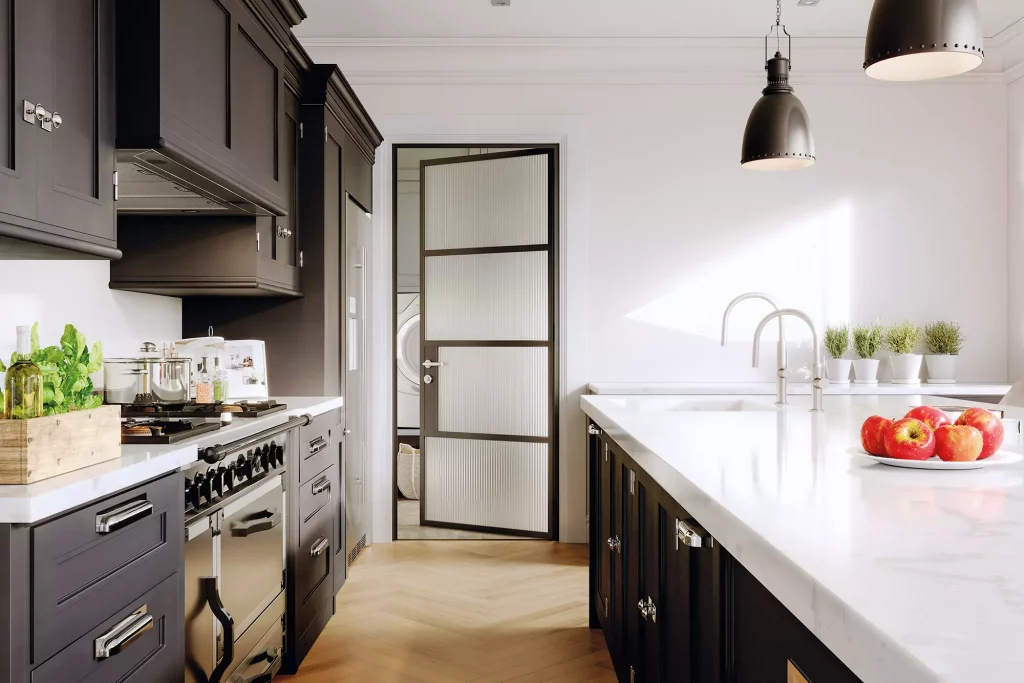
Internal glazing can come in the form of doors or screens, allowing offices or playrooms to be separated from living and kitchen areas easily. So, distractions can be shut out, whilst still offering that sense of open space – as enabling you to keep an eye on what’s going on.
Glazed doors can be specified with frosted or reeded glass, meaning they can also be used in areas you don’t want to see into, such as utility rooms and bathrooms.
Internal Glazed Door Materials
The frame will make a big impact on the look of your internal glazed door. You’ll probably be using the door every day, too, so the materials must be hard-wearing. Glass door frames can be made from steel, PVCu, wood or aluminium.
Opting for customisable internal doors will also allow you to alter the look and feel of the product using hinges and handles. Antique brass, satin brass or hammered pewter hardware will create a heritage-style aesthetic, whereas matt black or satin nickel handles work for a more modern feel.
The number of glazing bars can also be specified to help you achieve the look and character you are aiming for.
Future Proof Your Design with Internal Glazing
When designing your forever home, it’s important to consider what works for you now, and what will still work in 10, 20, or even 30 years’ time.
Internal glazing is a great way to create spaces that still benefit from ample natural light. It offers the feel of open plan without the associated issues, so will be stylish for years to come.
Every glazing project requires a different look and feel because every home is unique. When you’re planning internal doors, consider the aesthetic of your home, usage, and the areas where you want to maximise natural light.
There is an internal glazing option to fit the needs of any project, so understand the choices available to you to get the most out of your scheme.
Ben Brocklesby is a director at Origin, a leading manufacturer of premium doors and windows. Origin offers a range of internal glazed doors, fixed screens, glass corners and internal room dividers to make your home’s floor plan work for you.
Main image: Using internal glazing enables light to flow and can help capture garden views all the way through the building – as with this Origin OI-30 installation between a hallway and kitchen



































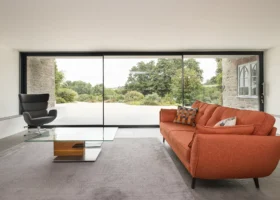















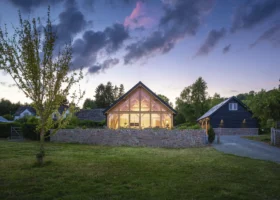













































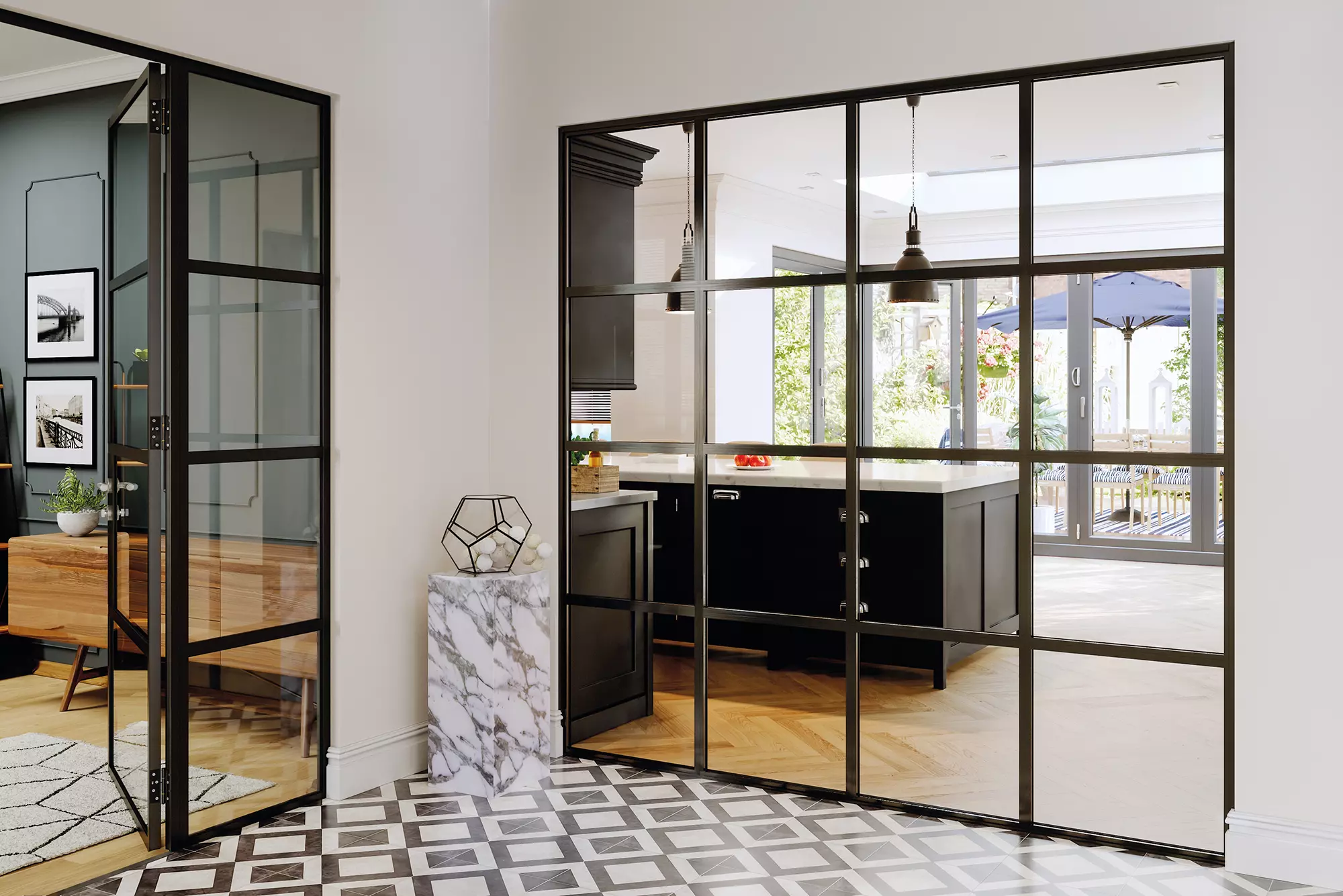
 Login/register to save Article for later
Login/register to save Article for later

